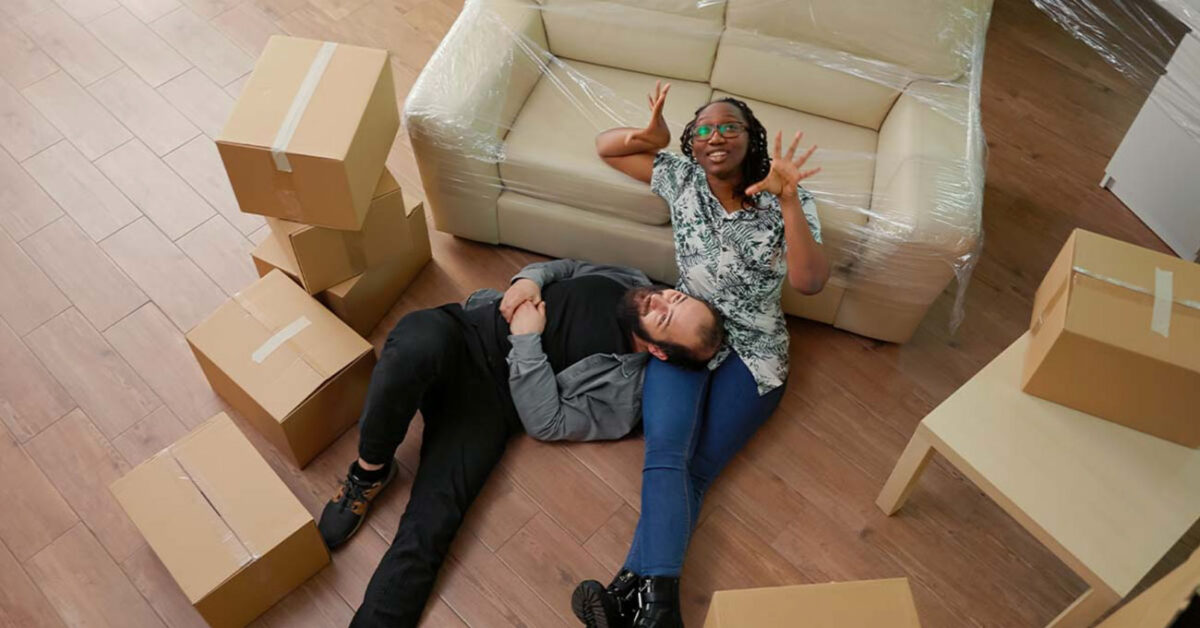Embracing a well-thought-out approach to moving can transform the entire experience into a smooth and stress-free endeavor. Whether you’re relocating all your possessions to a new home or stowing away some items in a self storage unit, these expert packing and self storage tips are designed to streamline your moving day.
Packing Hacks
- Organize Your Packing Supplies
Collect an ample supply of boxes, tape (in diverse colors), markers, labels, and protective packing materials (e.g., foam shipping noodles, bubble wrap, packing paper, or towels).
- Uniform Box Sizes
Opt for uniformly sized boxes to facilitate easy stacking. Ensure the boxes are sturdy enough to support 25-30 pounds without overpacking.
- Label and Number Strategically
List box contents on all sides, number each box, and seal with tape. Create a detailed inventory for quick reference.
- Color Code by Room
Assign a specific color to each room and apply corresponding color codes to the boxes. Label room doors with matching colored stickers for easy identification.
- Priority Items in Clear Bins
Pack essential items in clear plastic bins for easy access after the move. This may include paper towels, trash bags, box cutter, cleaning supplies, tools, kitchen utensils, cookware, power bars, and toilet paper.
- “Open Me First” Boxes
Seal boxes that require immediate attention with red duct tape.
- Wrap and Stack Delicately
Wrap dishes and glasses in paper and pack them in sturdy boxes. Stack fragile items on top.
- Utilize Stretch Wrap
Group items together with stretch wrap and protect furniture from scratches. Keep a roll handy during the move.
- Drawer Efficiency
Keep dresser drawers intact by covering them with stretch wrap. Remove drawers during the move and reinstall them later.
- Strategic Storage
Stack heavier boxes at the bottom and lighter ones on top.
Self-Storage Tips
If you plan to utilize a self storage unit, consider these tips:
- Optimal Unit Size
Rent the smallest storage unit that meets your needs, maximizing space usage.
- Preparation is Key
Protect your belongings by covering the storage unit floor with a protective layer.
- Guard Against Dampness
Elevate storage items on 2×4 boards or pallets to prevent contact with damp concrete floors.
- Strategic Placement
Plan the layout of your storage space, keeping frequently accessed items near the front and leaving an aisle for easy navigation.



